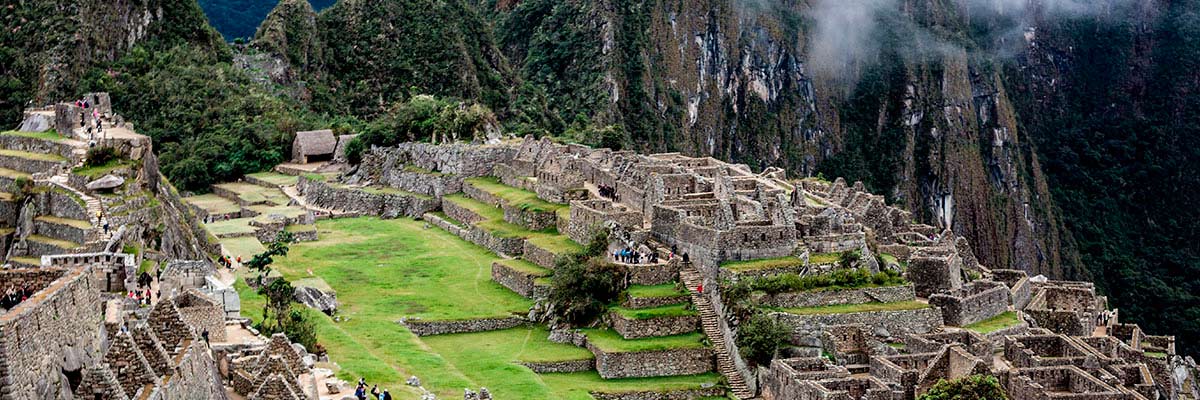The difficult geography makes Cusco Historic Sanctuary of Machu Picchu is almost inaccessible. Maybe that’s the main attraction for many tourists who visit Peru’s cultural heritage and the world.
However, there are two ways to reach Machu Picchu: The first is by the ancient Inca Trail (recommended for those who like to test their physical endurance), lasting 4 days of travel, and the second alternative is to board the train leaving from the station of San Pedro (in Cusco) and reaches the town of Aguas Calientes, where there are cars that take visitors to the sanctuary of Machu Picchu in half an hour.
The origins of the town Aguas Calientes back to the early twentieth century, when they start the construction work of the railway line linking Cusco with the town of Santa Ana early as 1901 a group of workers employed in construction the railways decided to stay in small plain located between the steep mountains covered with jungle vegetation high, little knowing if what you want about the sanctuary were lost from the Incas.
Aguas Calientes is located 110 kms northwest of the city of Cusco, Machu Picchu district, province of Urubamba. And it would still be just a train station were it not that in 1911, the American historian Hiram Bingham (1875-1956) discovered, for Peru and the world lost the remains of the sanctuary of the Incas and was named of the mountain where it was built: Machu Picchu.
This would become the true origin of the town of Aguas Verdes, since the interest aroused by the discovery of Machu Picchu Historic Sanctuary attracted the interest of the peruvian government, and foreign researchers, to that hidden in the dense area of the high forest.
Its name comes from the hot springs that are located 800 meters east of the village, along the Vilcanota river. Are of sulfur, have a temperature between 38 ° to 46 ° C and is said to have medicinal properties. But to reach them, have to climb a steep and difficult. The presence of these hot springs is the test of orogenic activity in the Andes and has caused several major earthquakes in both the colonial era (1650), as in the Republican era (1950).
The economic and demographic growth of the town of Aguas Calientes was slow and was associated with increased dissemination of the Historic Sanctuary of Machu Picchu in the early 70’s the dissemination of the sanctuary was still very poor and the town lacked basic services to cater to tourists. In the 80’s the development of Aguas Calientes was delayed due to terrorist violence, but in the 90’s, tourism was growing rapidly, and that pace continues today.
Its climate is temperate and humid, for being in the high forest, and its average temperature is 16 °C. The period of heavy rain starts in November and ends in March.
Aguas Calientes is a town that has grown over the past 5 years due to the large number of tourists who come there to visit the Historic Sanctuary of Machu Picchu. Its economic development revolves around tourism, so the population is engaged in the sale of various products, and provide accommodation for tourists.
